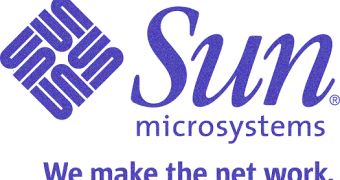Sun has just proven it is able to support three different chip architectures in a blade form factor. The Sun Blade 6000 Modular System lower priced entry comes with blades based on AMD Opteron, Intel Xeon and the UltraSparc T1 processor.
Sun re-entered the market earlier last year with the Sun Blade 8000 series based on Opteron processors. However, Sun has a lot to catch up with giants such as IBM and HP in this field. On the occasion of this new launch Frank Gillett, vice president of Forrester Research, stated:
"Doubling is good. The additional capacity will be especially useful in environments where virtualized servers are employed. Data centers housing large databases will also benefit from the new products' increased capacity and throughput ... While the increased capacity of the servers is welcome, that design was intended to be part of regular improvements to the gear, rather than a quantum leap in server technology. Other server vendors will likely introduce competing products within the next six months".
""This is a full functional replacement of what you'd want from a rack mount server. It's truly a universal platform with all the volume chip architectures people want to run today, x86-64 or SPARC."", said John Fowler, executive vice president of Sun's System group.
Sun 6000 is said to support Solaris 10, Windows and Linux operating systems and Sun officials said it "easily integrates into existing datacenter infrastructure and management systems." The Oregon State University and the University of Notre Dame have already achieved beta versions of Sun 6000.
The Blade 6000 servers are available at entry-level pricing starting from $ 4,995, as the company mentioned, for the server chassis. The Sun Blade T6300 runs $5,995 per server module, while the lower-end X6220 and X6250 server modules cost $3,695, respectively $3,995 per server module.

 14 DAY TRIAL //
14 DAY TRIAL //